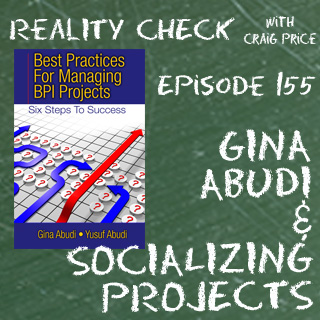A Client Case Study – Part 3 of 3 – Creating the Strategic Plan for L&D
Read Part 1 and Part 2 of the case study.
The Plan for Learning and Coaching of Managers
We used the data from the 360 assessments, information gathered from interviews with the managers assessed, data provided early on by senior leadership, and the strategic plan for the organization, to create a strategy around learning and development (L&D). The goal of the L&D strategy was to ensure current managers and those hired into management roles in the future, had the skills, knowledge and expertise necessary to be effective in a challenging, rapidly growing environment.
The L&D Program
The focus of the program was on developing those skills that would enable for overall strengthening of the emotional intelligence of the managers. While certainly not every one of the 100 managers assessed had lower than desired emotional intelligence; this is a skill that can always be strengthened. Areas of focus included (not a complete list of topics)
|
|
The program was developed to run over a 6 month period of time, with managers from throughout the organization participating in groups of 20 to enable for improved collaborations. The program included a monthly face-to-face meeting (one day), a monthly virtual session (3 hours), and online discussions and problem solving/mini case studies via a Microsoft SharePoint® portal. After the first cohort of 20, additional cohorts started – one every three months. While each cohort had their own area within the SharePoint sire, we also had a common area where all 100 managers could interact. Additionally, as part of the program, each cohort group had a number of strategic projects to begin to implement (not necessarily complete.)
Coaching Program – Two Parts
The coaching program had two parts to it. The first part focused on providing small groups of managers (5 to a group) with guidance on implementing what they were learning in the program. We started coaching at the 3rd month of each program launch. The coaching enabled for each small group of managers to share both successes in implementing their new skills/knowledge and the challenges they were facing. While these discussions also happened through the portal and during the program, these smaller groups – which were comprised of peers that work together closely on a regular basis – enabled for more deeper conversations and building strong working relationships with a smaller group of peers.
The second part was one-on-one coaching to be provided to all participants that beginning after their program ends (end of the 6 month.) The purpose of this was to provide each manager individual support in working toward their goals outlined in their individual action plans. These coaching sessions would be 4 months in duration and, at the end, another 360 assessment would be launched to gauge progress in addressing areas where improvement was needed.
Progress to Date
At the write up of this client case study, one group was approaching the end of their program. A survey done mid-point of the program provided good feedback from the participants. Participants felt the program was challenging, but not overwhelming. They noted it was directly relatable to their jobs – enabling them to see how to apply what they were learning to improve how they managed their teams.
The small group coaching component was going well, with the quieter participants sharing more in these sessions than they were on the SharePoint site. Participation on the SharePoint site overall was going well. Initially facilitators took the lead in discussions, but after just a few weeks, participants were generating their own discussions – sharing what they were trying from the learning sessions and also sharing best practices, resolving problems together and overall building a network among themselves.
Want to learn more? Contact Abudi Consulting Group.


